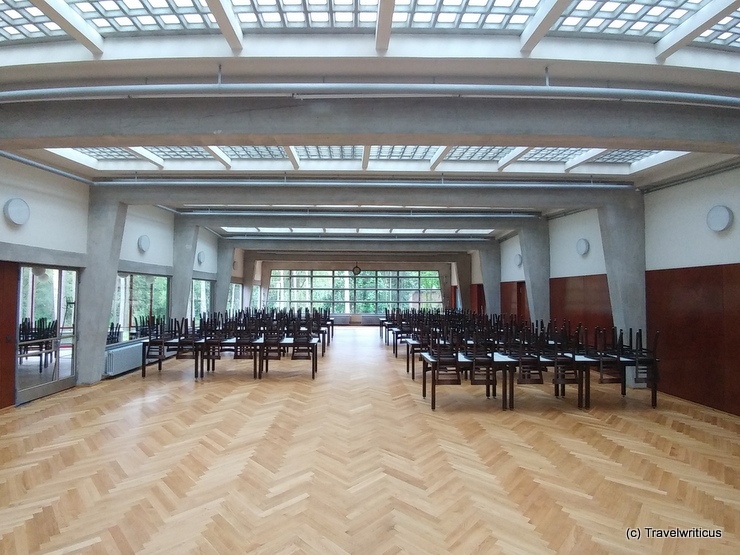
In 1928-1930, the federal school of the ADGB Trade Union was established in Bernau bei Berlin. The architects were Hannes Meyer and Hans Wittwer. The building is considered a significant example of Bauhaus architecture. [German]
You only see what you know (Goethe)

In 1928-1930, the federal school of the ADGB Trade Union was established in Bernau bei Berlin. The architects were Hannes Meyer and Hans Wittwer. The building is considered a significant example of Bauhaus architecture. [German]
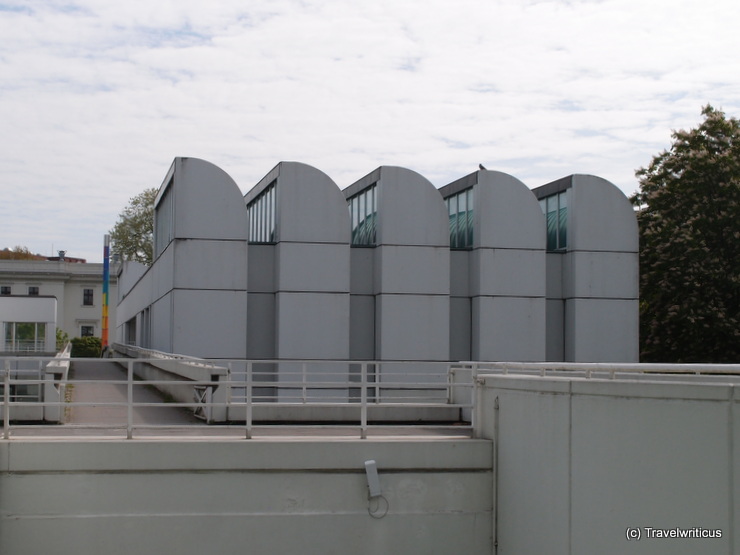
The Bauhaus Archive in Berlin dates back to 1979. Since then, it has collected literature, documents and works related to the Bauhaus. The founder of the Bauhaus, Walter Gropius, participated in the design. The characteristic shed roofs go back to his plans. [German]
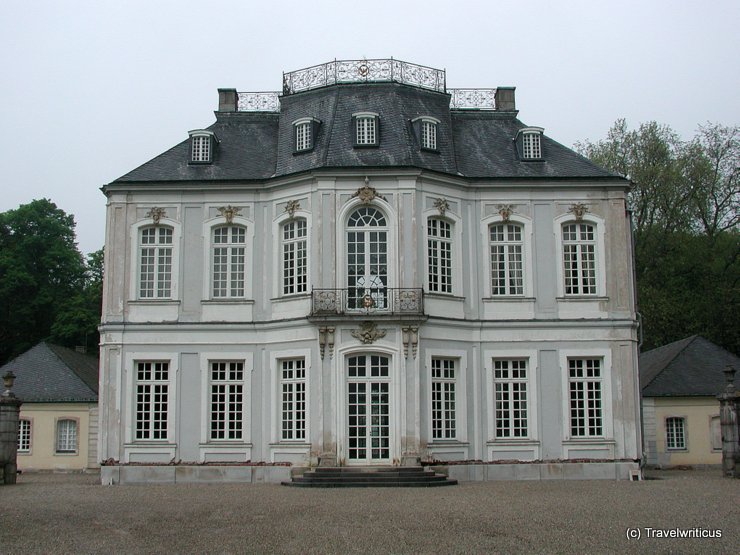
Jagdschloss Falkenlust is a hunting lodge in Brühl. Together with Augustusburg Palace (Schloss Augustusburg) and the park grounds, Falkenlust hunting lodge forms an ensemble. In 1984 this ensemble has been inscribed on the UNESCO World Heritage List. [German]
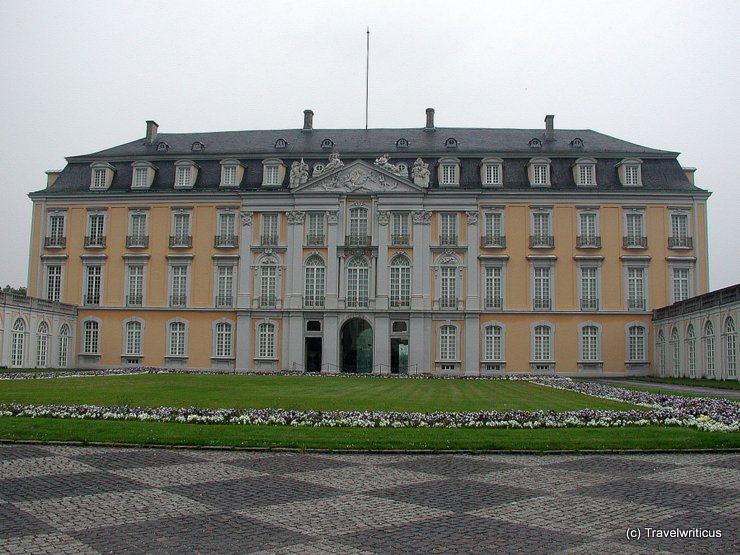
Augustusburg Palace (Schloss Augustusburg) was built in Brühl in the 18th century. Jagdschloss Falkenlust and Schloss Augustusburg form an ensemble and, together with the castle grounds, have been listed as a UNESCO World Cultural Heritage since 1984. [German]
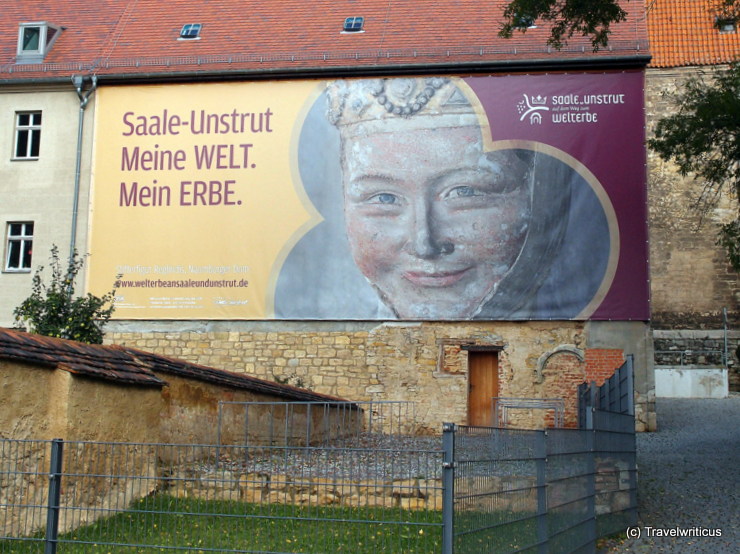
A poster promoting the nomination of the Saale-Unstrut Valley for UNESCO World Heritage Site. Several posters display local personalities as well as examples of the cultural gems in this region.
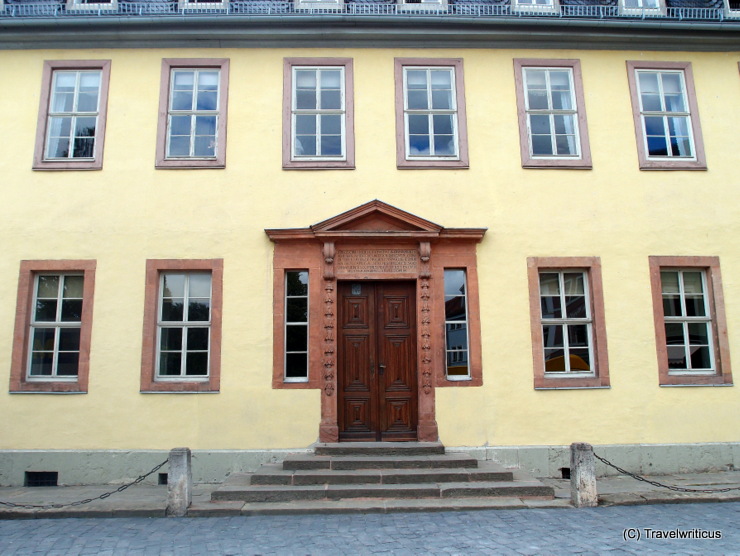
This door was the former main entrance of Johann Wolfgang Goethe’s home in Weimar. Today the building houses the Goethe National Museum and is part of the World Cultural Heritage Site ‘Classical Weimar’.
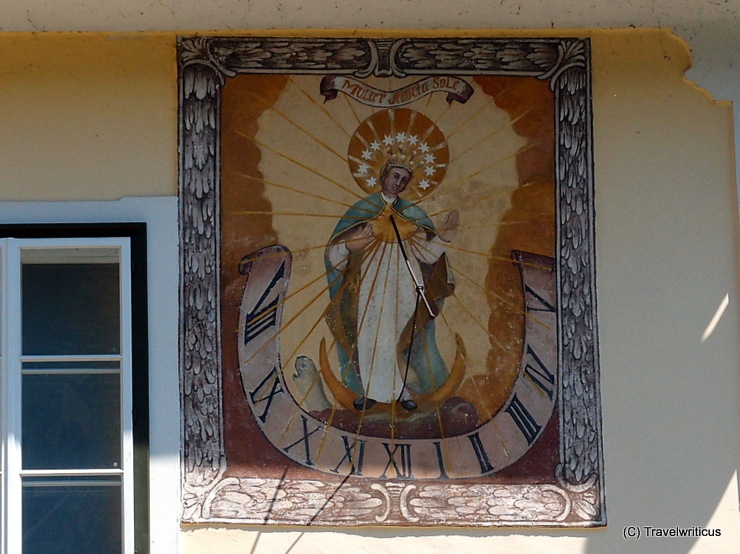
Sundial seen at the walls of Museum Hallstatt located in Hallstatt, a world heritage site in Austria. The museum presents the 2nd largest collection of pieces related to the Iron Age Hallstatt culture in Austria.
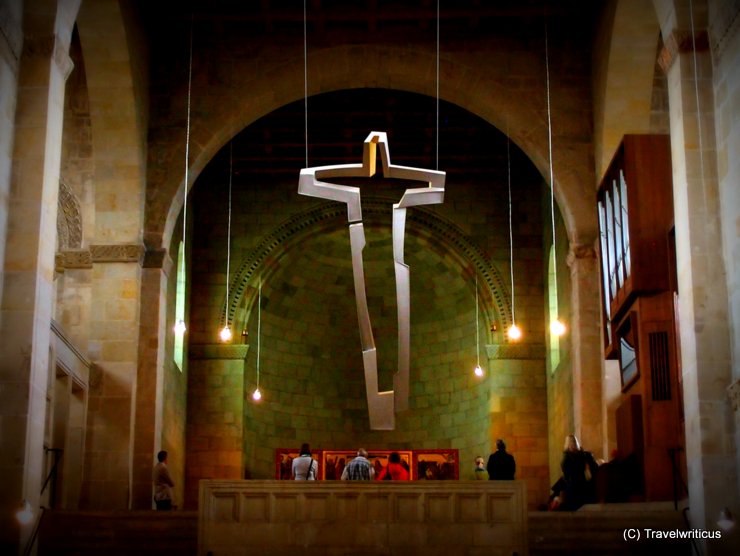
In 2006, there was a need for a new crucifix inside the St. Servatius Collegiate Church of Quedlinburg Abbey. An artist from Halle, Mr. Thomas Leu, was chosen to create this crucifix made of aluminium.
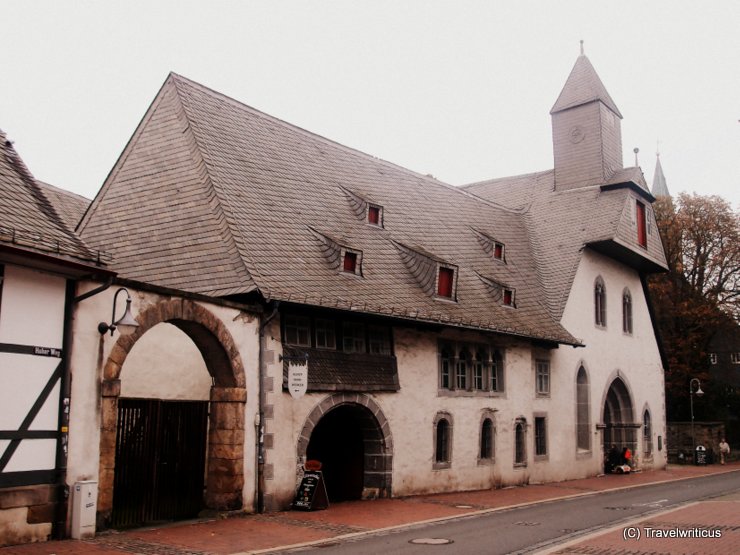
In the year 1254, a hospital for people in need, invalids and orphans, but also for pilgrims has been erected in Goslar. Today the building, which is generally known by its German name ‘Große Heilige Kreuz’, still houses flats for retired people. In another part of the former hospital, you can visit a couple of craftspeople in their shops.
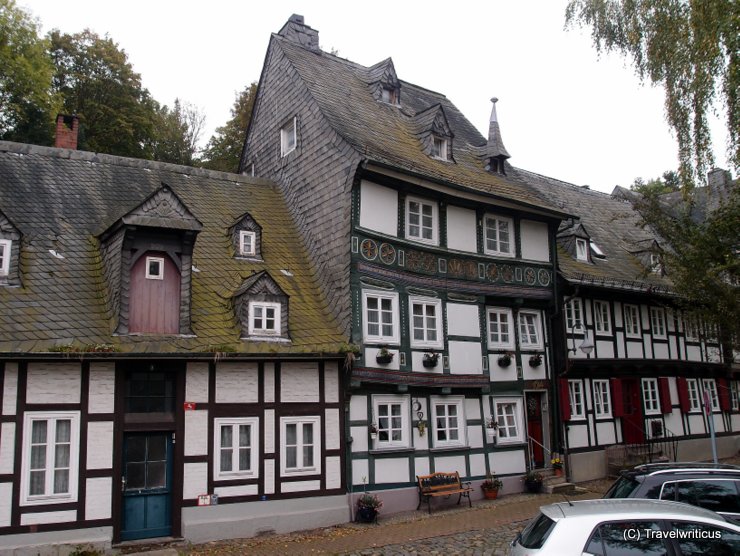
On my way from the centre of Goslar to the Imperial Palace (Kaiserpfalz) I came across this double-crooked building in the middle of a row of half-timbered houses. I guess, it wouldn’t be that easy to buy furniture for this home?
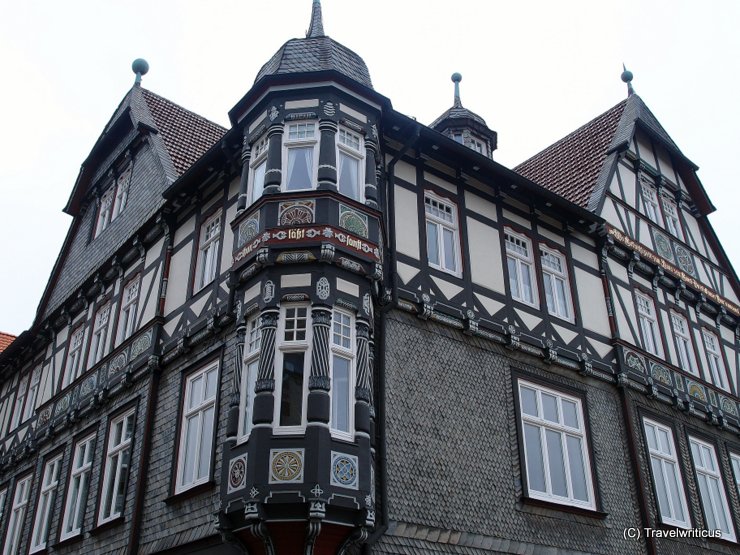
Goslar is a city which really can’t deny that there were slate mines nearby for many centuries. I saw a lot of slate-faced buildings in this city, which is part of the UNESCO World Heritage Sites now.
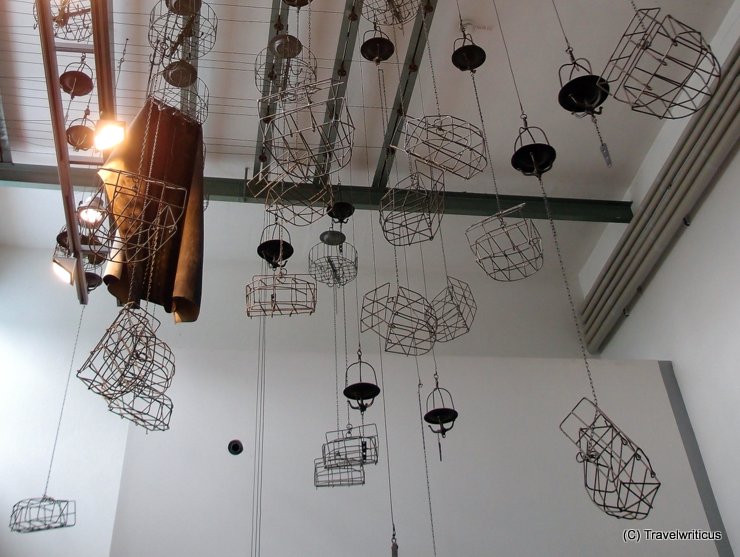
This is NOT contemporary art but the shift bosses’ change room (Steigerkaue) in the world heritage site of Rammelsberg mine. Instead of lockers, the shift bosses used these baskets for storing their clothes and put them high up in the hall.